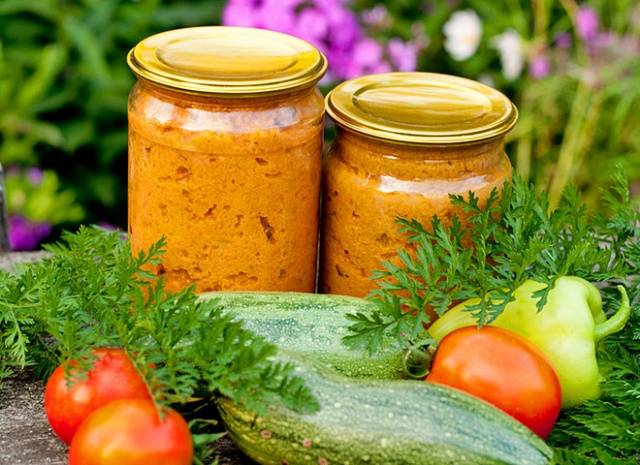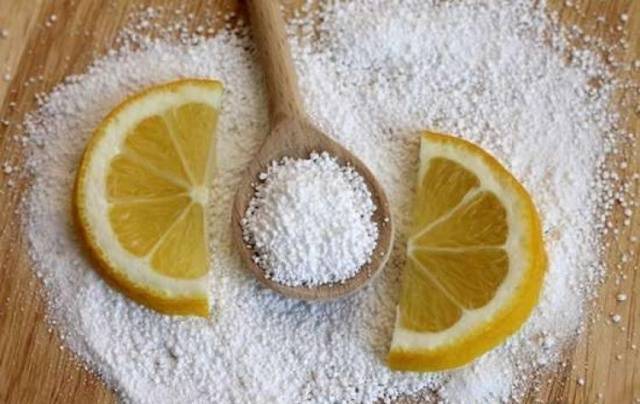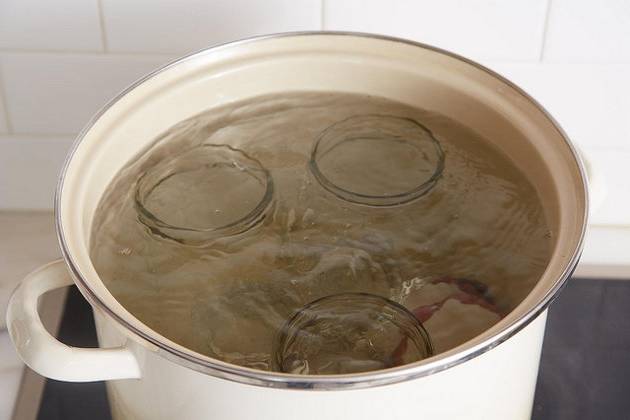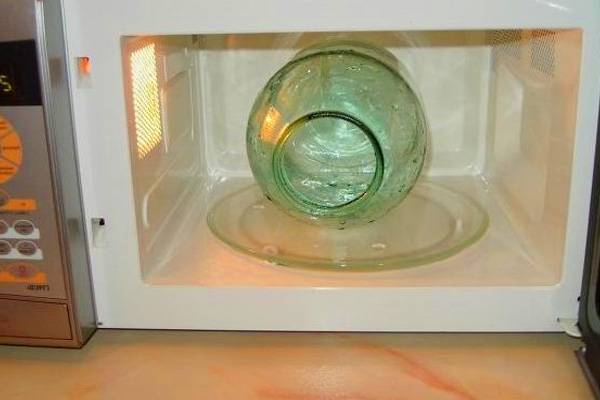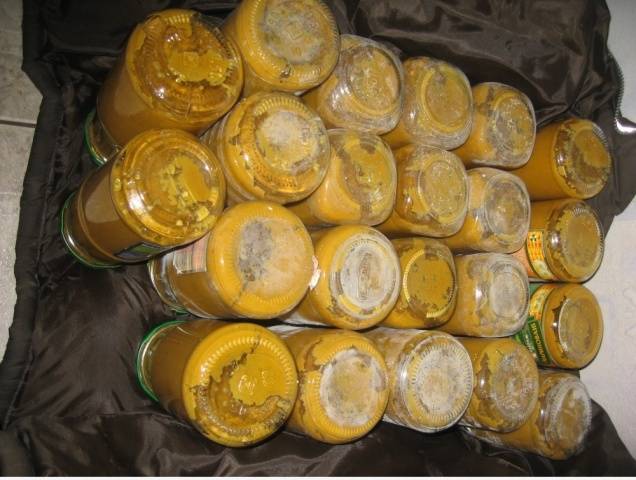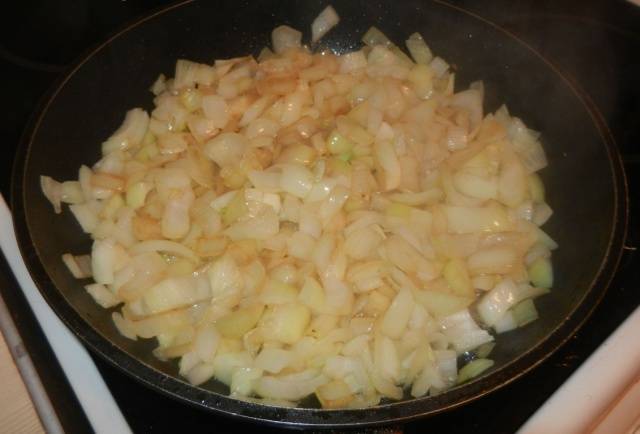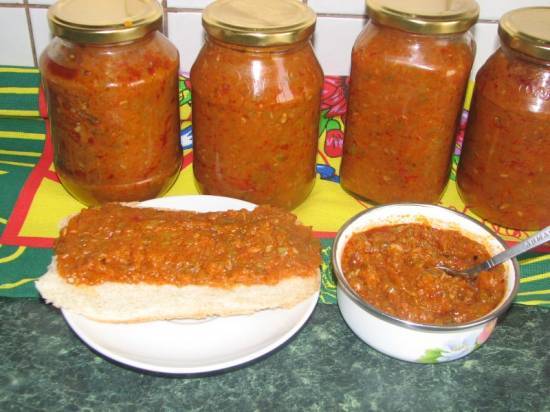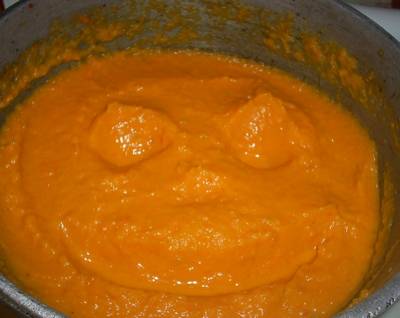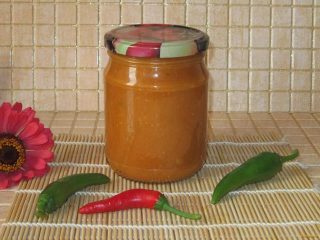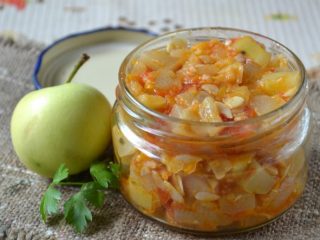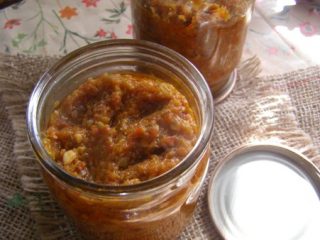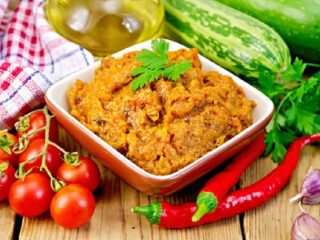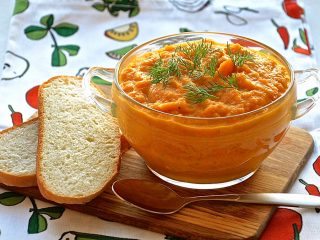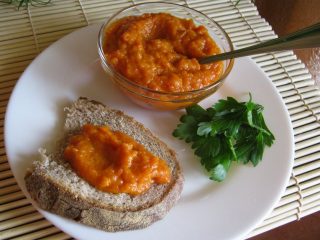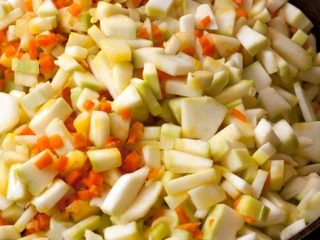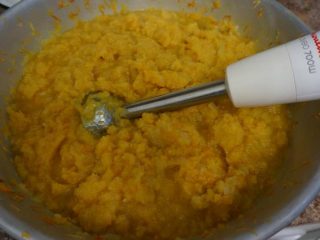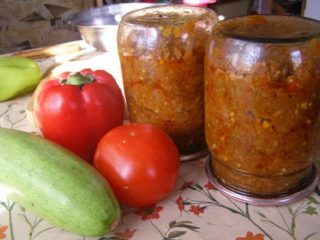Content
Zucchini caviar has been very popular in our country for more than half a century and for good reason, because this tasty and healthy zucchini dish was invented by Soviet technologists. In distant Soviet times, caviar from zucchini was a well-known delicacy that could be bought for a symbolic price in literally every grocery store. Now times have changed. And although the variety of choice of this product is impressive, its taste characteristics leave much to be desired. Therefore, any housewife tries to prepare this dish for the winter herself, using various recipes and using a variety of culinary techniques and tricks in order to simplify her life and provide her family with delicious vitamin-rich food for the cold season.
Experienced housewives know that when preparing canned food for the winter it is difficult to do without sterilization. It is this that helps keep ready-made dishes in their original condition, preventing them from spoiling. But how can it complicate life, especially in hot weather. Therefore, many people prefer to use different methods, but do without sterilizing the finished dish. Squash caviar for the winter without sterilization is prepared in several ways, and it is these recipes that will be discussed in this article.
Secrets of cooking without sterilization
So, the most common option for making caviar from zucchini, as well as any vegetable snack for the winter without sterilization, is to add natural preservatives to the dish, such as citric or acetic acid.
However, to be precise, it will not be possible to do without sterilization completely.
The glass themselves banks and the lids to them must be sterilized before filling with caviar to avoid “exploding” the jars. This can be done in different ways:
- on the stove;
- in the oven;
- in the microwave;
- in an air fryer.
Traditionally, jars are sterilized over a stove fire. To do this, they are either placed in a pan of boiling water for 5-10 minutes (half-liter and liter jars) or placed on a special stand placed on top of a pan of boiling water (so-called steam sterilization).
An interesting and modern way is sterilizing jars in the microwave ovens. It greatly simplifies this procedure. Water is poured into well-washed jars in a layer of several centimeters and the jars of water are placed in the microwave at maximum power. Jars with a volume of 0.5 l and 1 l need to be sterilized for 5 minutes. For larger jars, the time increases to 10 minutes.
Jars can be sterilized in the same way in an air fryer, if you have this wonderful device in your kitchen.
But adding acid to preparations may not be to everyone’s taste. If someone does not like the taste of caviar seasoned with vinegar or citric acid, then there is a second option for making caviar from zucchini without sterilization.In this case, sterilization is replaced by long-term heat treatment of the original products. Both cooking options are presented below.
You just need to remember that if you are preparing squash caviar for winter storage without sterilization, you must follow the following rules:
- Jars and lids must be sterilized, but not in advance, but simultaneously with the preparation of the dish.
- Caviar is placed in jars only when it is hot, or even better when it is boiling. To do this, do not turn off the heating of the finished dish until the last jar is filled.
- Filled jars are immediately rolled up with sterilized lids and turned upside down for self-sterilization.
- The finished jars should be immediately wrapped and left in this form until completely cooled. Only the next day can they be transferred to a cool place without light for storage.
Squash caviar with added acid
All the ingredients for making zucchini caviar are fairly standard.
- Zucchini, washed and peeled and peeled if necessary – 2 kg;
- Peeled carrots – 500 g;
- Bell pepper, freed from seed chambers and tails - 500 g;
- Peeled onions – 500 g;
- Washed, scalded with boiling water and peeled tomatoes – 500 g;
- Garlic cloves – 3 pieces;
- Vegetable oil – 100 ml;
- Table vinegar 9% - 2 tbsp. spoons or citric acid – 1 teaspoon;
- Sugar – 1 tbsp. spoon;
- Salt, spices - to taste.
Zucchini, bell peppers, tomatoes and carrots should be cut into small pieces. The onion is cut into small cubes.
Take a thick-bottomed pan or cauldron and first fry the onion in it in well-heated oil until golden brown.Then tomatoes are added to it, and the mixture is fried for another 10 minutes.
The next step is to place the vegetables minced through a meat grinder into the pan, and with strong heating, the vegetable mixture is quickly brought to a boil. After boiling, the heat is reduced, the rest of the oil is added, and the caviar is stewed in this form for about 40 minutes. When the required time has passed, sugar, salt, spices and chopped garlic are added to the zucchini caviar.
After 10 minutes, citric acid or vinegar is added and the mixture is heated for about 5 minutes. Then it must be quickly placed in sterilized jars, closed with lids and wrapped until cool.
Zucchini caviar without vinegar and sterilization
To prepare caviar according to this recipe from 3 kg of zucchini, find:
- Tomatoes – 3000 g;
- Carrots – 2000 g;
- Onions – 1000 g;
- Garlic - 100 g;
- Bell pepper – 500 g;
- Apples – 500 g;
- Vegetable oil – 1 tbsp. spoon;
- Salt, sugar, pepper and other spices to taste.
This recipe does not involve roasting the vegetables. Therefore, everything is done very simply. Peeled vegetables and fruits are passed through a meat grinder and placed in a saucepan with a thick bottom. Then vegetable oil is added to the vegetable mixture and everything is simmered over low heat for 2.5 - 3 hours, with occasional stirring, until the caviar becomes quite thick.
Then spices, salt and sugar are added to it, everything is mixed and, without removing from the heat, the contents of the pan begin to be placed in the prepared sterilized jars. Zucchini caviar is ready for the winter without sterilization.
There are a great many recipes for making squash caviar. Try and choose those that are not only tasty and healthy, but also suit your cooking conditions.
